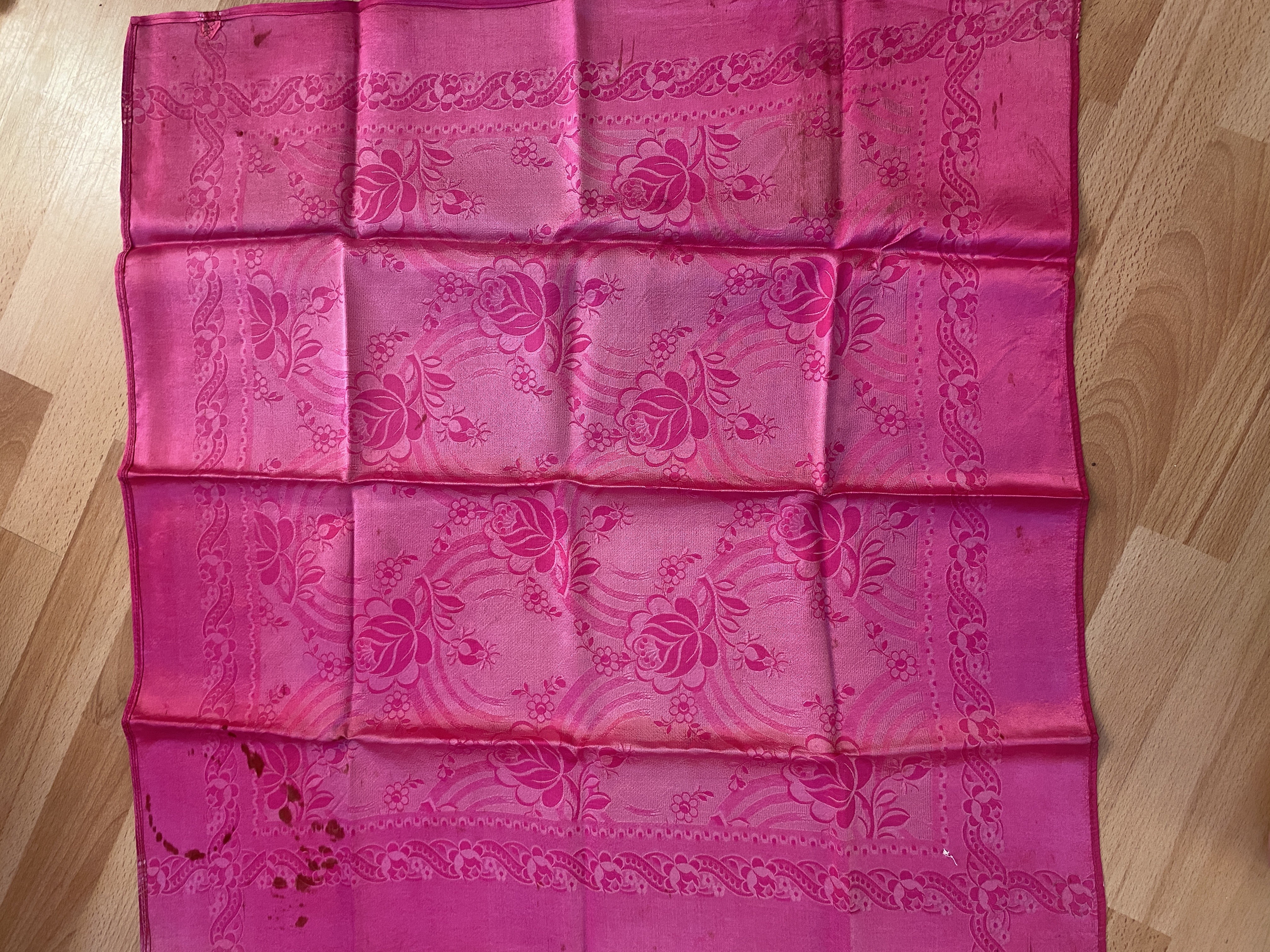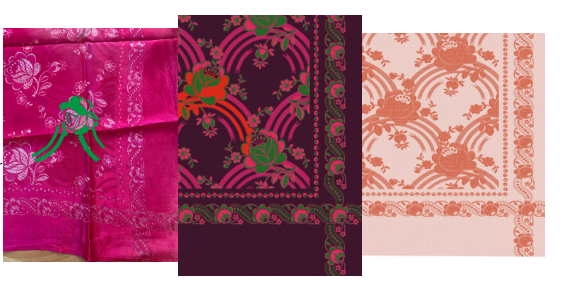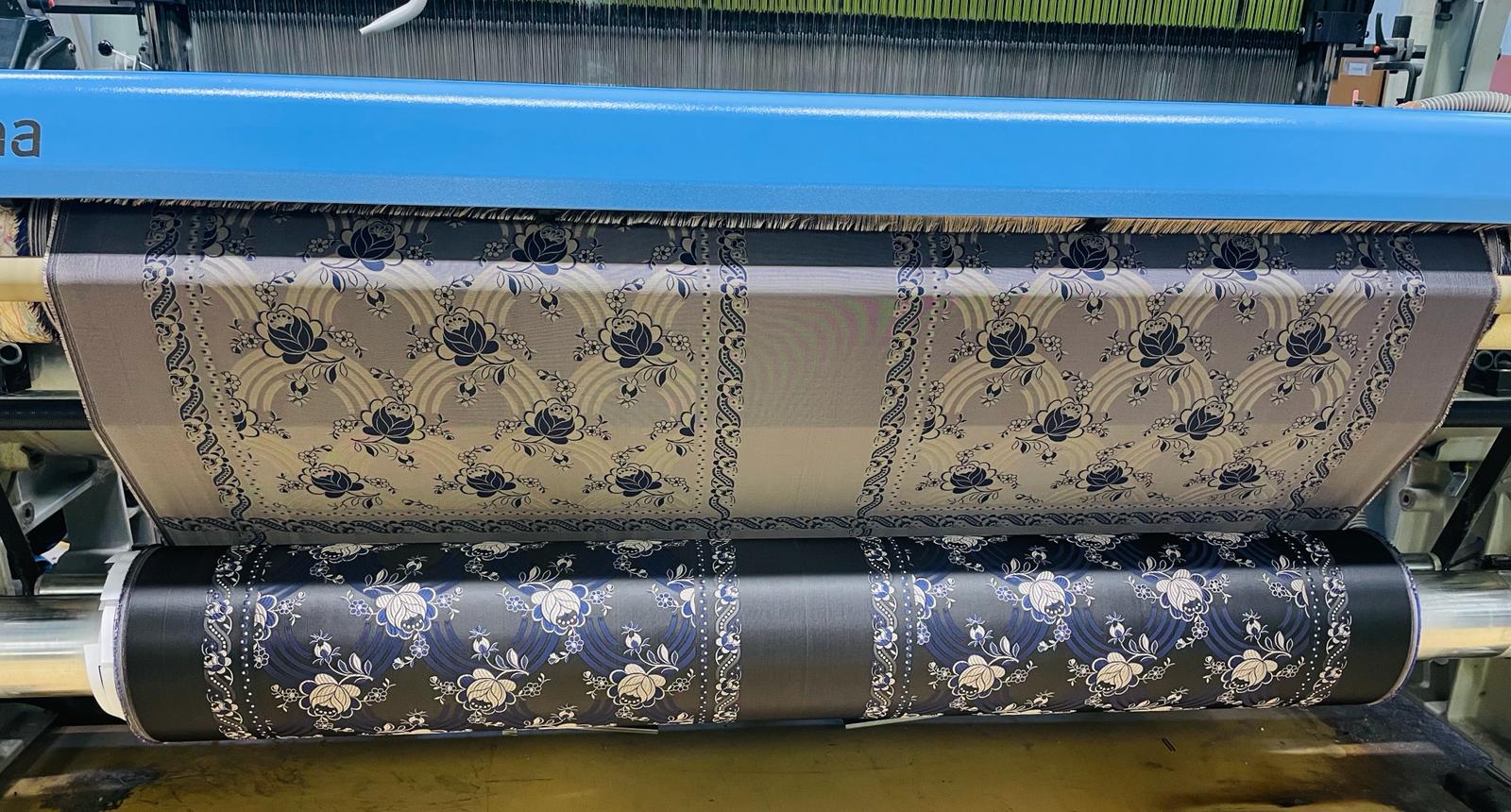|
|
||
1. Fabric StudyThe first step is a thorough study of the original fabric that the replica will be based on. This process includes analyzing the material, pattern, and weaving technique. If the original is of poor quality, as was the case for us, this step is particularly challenging. Low-quality originals often require more time and meticulous effort to accurately reconstruct all the details. |
||
2. Pattern CreationOnce the fabric is studied, we move on to creating the pattern in our design studio. This step is crucial because the pattern determines the final appearance of the replica. Our designers work diligently to ensure the pattern closely matches the original fabric. |
|
|
3. WeavingAfter the pattern is approved, the weaving process begins. This takes place in our weaving mill, where we use both traditional and modern weaving techniques. The material must be produced with the utmost precision to meet our quality standards. |
||
4. Material FinishingNext, the material is finished as needed – this may involve dyeing, washing, ironing, or other specific treatments. These processes ensure the fabric achieves its final appearance and quality as expected. |
||
5. Return to the FactoryAfter all these steps, the fabric returns to our factory. Here, the final stage occurs – the material is either sent directly to the customer or, in the case of specific patterns like roses, it is cut in our sewing workshop and used to produce traditional costume scarves. |
|
|
|
Each step of this process requires the expertise and skill of our workers, who ensure every detail is perfect. Creating replicas is not only a technical challenge but also an art that requires a love for traditional craftsmanship and respect for historical originals. |
||
Login to your account
Registration
This website uses cookies to provide its services to improve your browsing experience. These include files that are strictly necessary to use the website, as well as technologies that are used, for example, to generate anonymous statistics, third-party tools to improve your browsing experience or to advertise personalised advertisements.













